From "Look What They Made Me Do" to "ME!"
What did "they" actually make her "do"? "Look What You Made Me Do" undoubtedly redefined Taylor’s career, and 'old Taylor' was replaced by a darker, electro-pop-infused persona.
Unpacking the Eras tour with friends and new fans grappling with new eras has led to a question that seems to linger is: What did "they" actually make her "do"? "Look What You Made Me Do" undoubtedly redefined Taylor’s career, plunging her into an era where the 'old Taylor' was dead and replaced by a darker, electro-pop-infused persona.
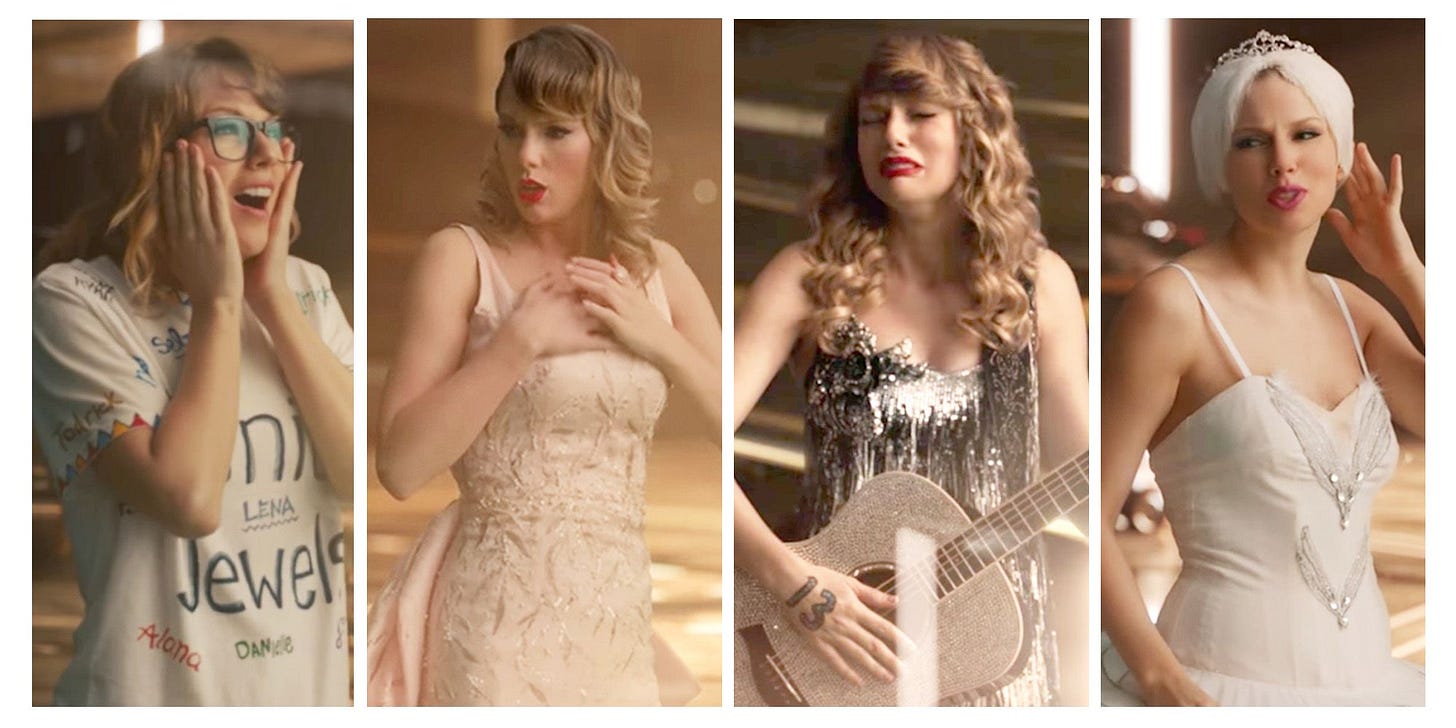
This was, to say the least, shocking for her young, country-pop fan base. The imagery of "killing off" her former selves was provocative and significant; in many ways, it was Taylor’s Arya Stark moment—a symbolic “kill list” of the 13 'old Taylors,' instead of the characters from "Game of Thrones."
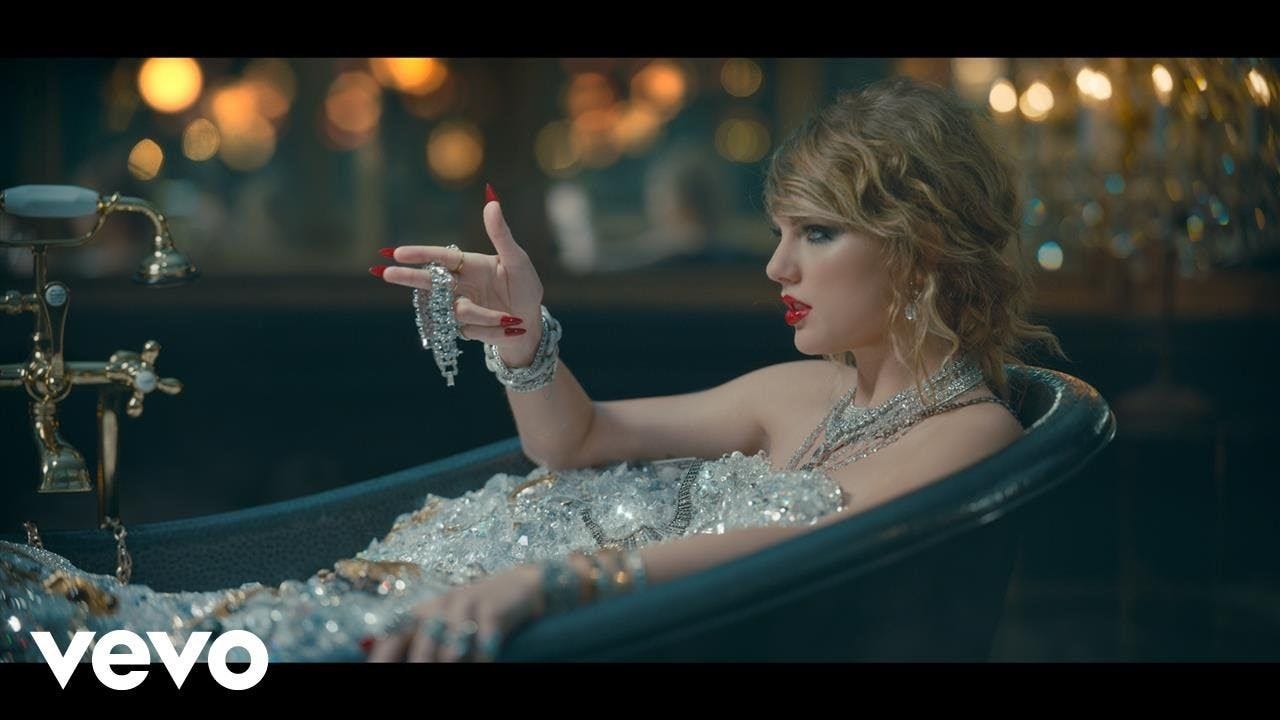
In this phase of her career, comparisons have been made to Dusty Springfield’s ‘Reputation’ album, released after she boldly came out in 1970 at a time when it was career harming and regrettable. Just as Springfield entered a new era with her album, Taylor used 'Look What You Made Me Do' to signal her metamorphosis and give a stern warning to any detractors who thought they could easily tread on her.
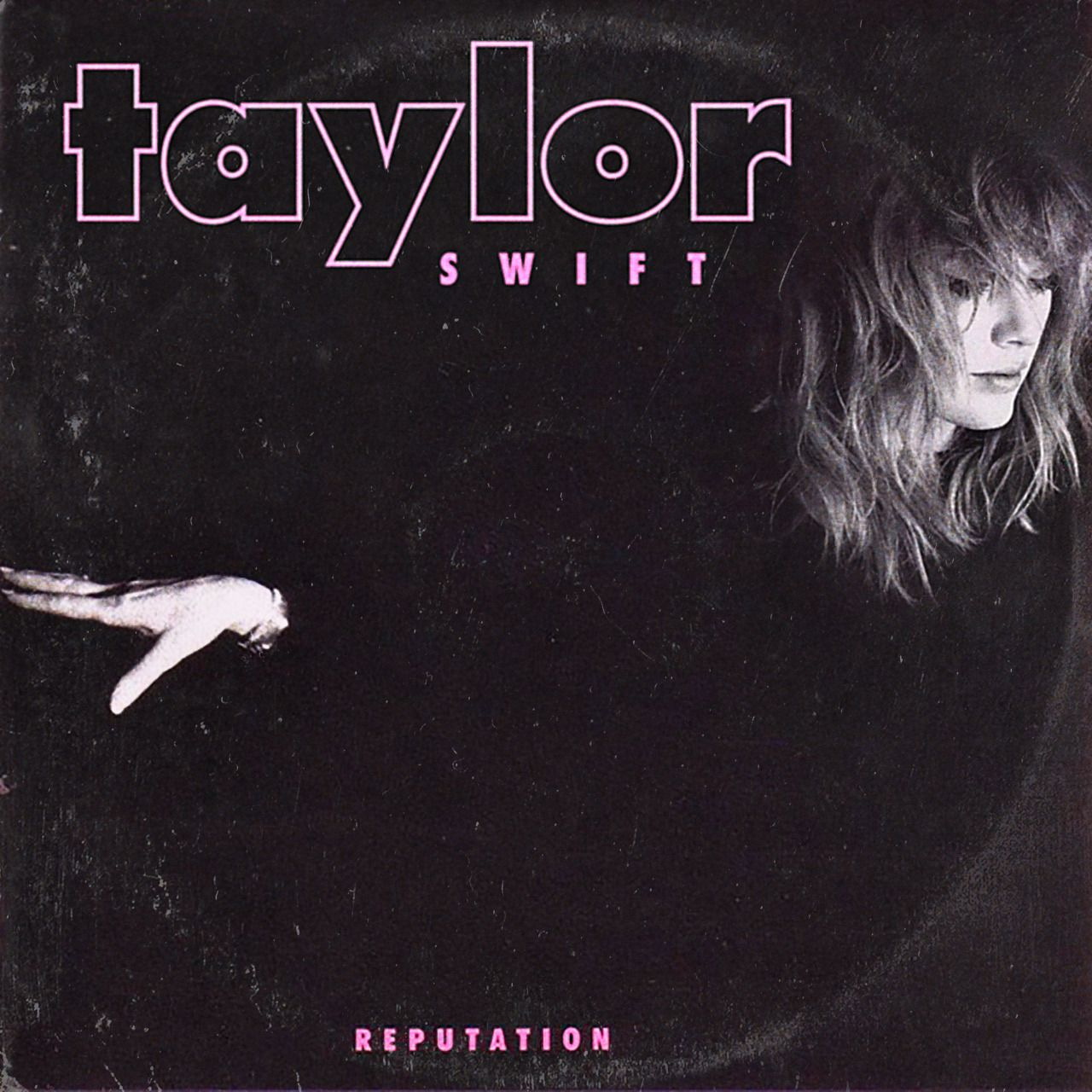
This transformation was alarming for some of Taylor's younger fans. Many were left pondering, "Who is killing Taylor? She said she couldn't come to the phone and she's dead now!"
The subtext, of course, was clear for the older fans: Taylor was dramatically shedding her previous image. (Another question why this first single, and why was ME! the next first single?)

The Strategic Genius of "ME!"
Taylor being Taylor, she never leaves a narrative half-told. Enter "ME!," the cheerful and playful post-Rep Single featuring Brendon Urie from Panic! At The Disco. If you found yourself disoriented by the dark and edgy "Look What You Made Me Do," "ME!" offered solace, especially for younger fans who were rattled by the shift in tone.
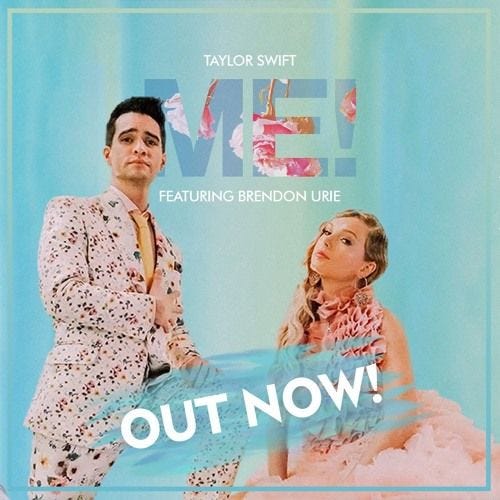
With "ME!", Taylor seemed to say, 'Hey kids! I'm not dead! Spelling is fun! There's no "I" in team, and I'm back—more colorful and inclusive than ever.' The upbeat track served as an assurance that the old Taylor could still make a cameo in this new chapter of her life. Again, some might argue that there’s an homage to Dusty Springfield here, akin to Springfield’s ‘A Brand New Me,' signaling a return to cheerfulness and positivity while retaining a transformative edge.

This wasn’t just a return; it was a reclaiming of narrative. Taylor recognized that while her hardcore fans appreciated the nuances in tracks like "Getaway Car" and "Delicate," there was a segment of her audience that needed reassurance. "ME!" seemed designed to offer that, assuring fans that while she might be venturing into new territories, she was still the same Taylor who could pen a catchy, feel-good tune.
Her music, appearances, and performances continued to subvert societal expectations and norms. While it's all too easy to confine public figures into rigid categories, Swift reminds us that identity is far more fluid, dynamic, and full of exclamation points!
In challenging gender norms and questioning her own public persona, Taylor Swift creates a template for all of us. She reminds us that our lives need not be a series of semicolons and periods, signaling pauses and stops. Instead, we are allowed, even encouraged, to fill our stories with exclamation points—moments of self-reclamation and joyous expressions of evolving identities.
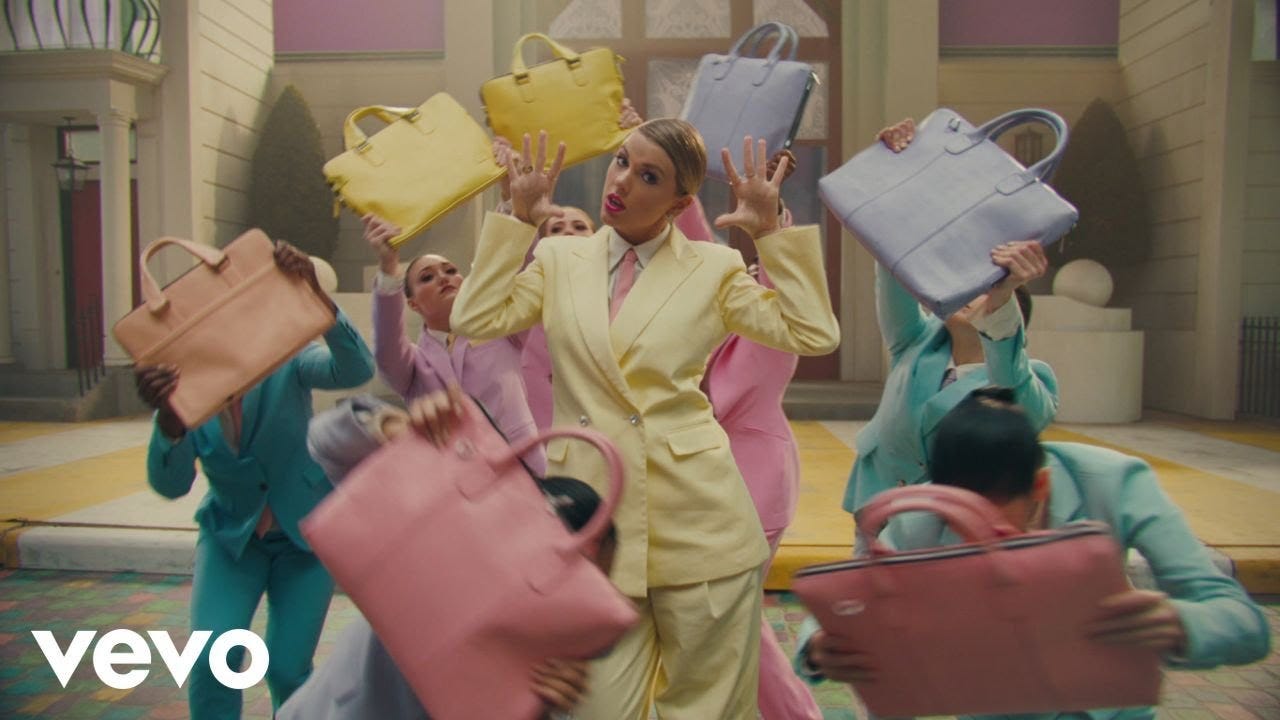
The Balancing Act: Addressing All Facets of Her Fan Base
What makes Taylor Swift’s career so fascinating is her ability to balance the diverse expectations of her extensive fan base. She understands that her music isn't just for one demographic or age group; it's a spectrum that ranges from younger listeners to those who have followed her evolution over the years. By employing a multi-layered storytelling approach, she caters to all, offering something for everyone.
To dismiss "Look What You Made Me Do" or "ME!" as mere random singles is to overlook the strategic genius of Taylor Swift. These songs were both crucial landmarks in her narrative arc, serving different yet complementary purposes. "Look What You Made Me Do" shook the table, and dismissed the kids, and for while there was some grown up talk. While "ME!" invited them back to sit down, relax, and sing along and while she was at it, she expanded the message to say EVERYONE is invited to this table.
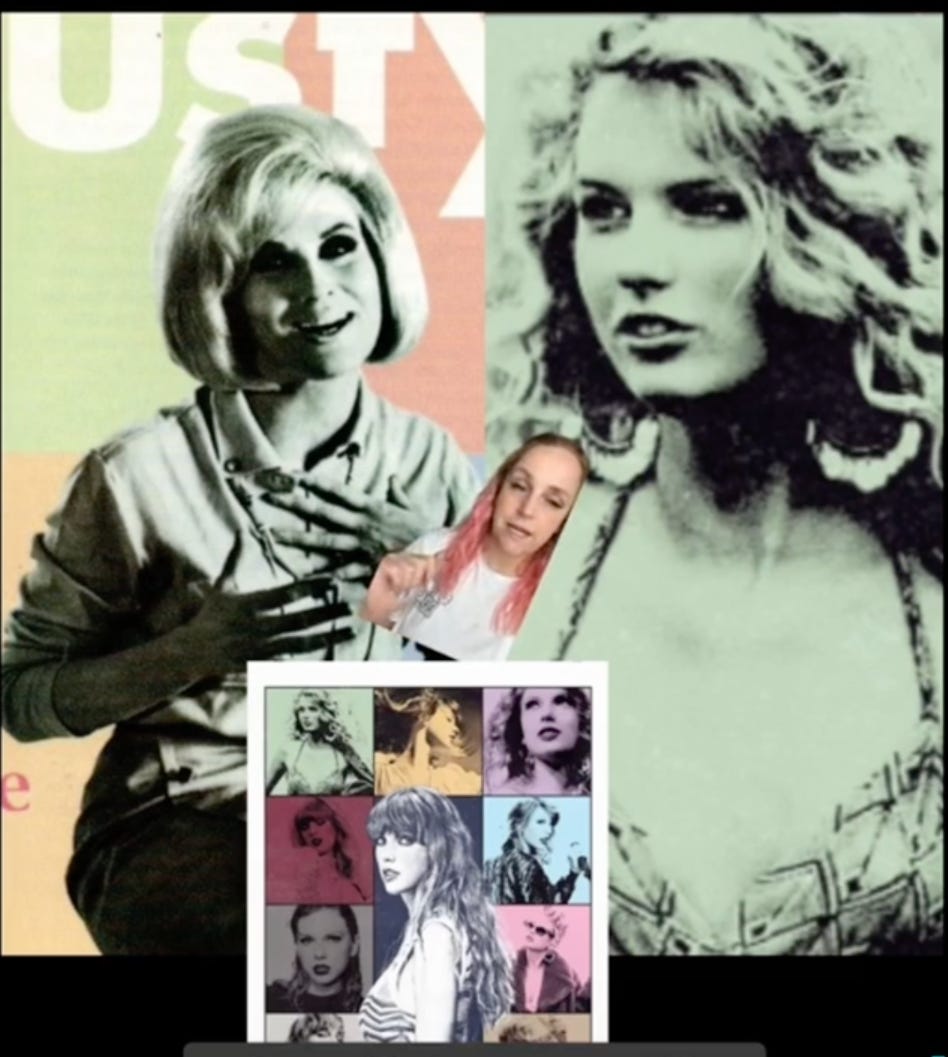
Taylor’s Triumphant Return: The Joyful Punctuation of "ME!"
If Taylor Swift’s artistic journey tells us anything, it's that the semicolons and periods in her career are often replaced by exclamation points! The release of "ME!" was one such moment—each exclamation point in the lyrics emphasizing that she was thoroughly enjoying the process of music-making again, following a tumultuous period in her life. This song was a clear signal that Taylor had rebounded artistically. While "Look What You Made Me Do" served as a dramatic cliffhanger in the unfolding narrative of Taylor’s career, "ME!" was the cheerful sequel that told the audience, “We all need to calm down; everything’s alright.”
The Vogue Interview and the Evolution of Taylors
However, Taylor Swift is not one to stagnate. Soon after, You Need to Calm Down, she flipped the script in her 2019 Vogue interview, walking back some of her previous statements and personas. It's speculated as to 'why,' but to me it doesn't matter. We shouldn’t go beyond what she’s chosen to reveal at the moment she’s chosen to reveal it.
This is a recurring theme in Taylor's career; she can’t just quit a phase or wrap up an era—she has to annihilate it completely to make room for the next. This habit of “burning the house down” to create anew is perhaps one of the most compelling facets of her artistry. Each time she does so, she reminds us: "The old Taylor is dead, but here's a new one."
But these exclamatory! instances aren’t just markers of her evolving music but also indicators of how she navigates and shapes social norms, particularly concerning gender.

The Different Eras: Nods to Dusty and Beyond
It's intriguing how, in this iterative process of self-reinvention, Taylor continues to nod to iconic artists like Dusty Springfield. With each era, she seems to blend elements of her past with influences from legends like Dusty, crafting something entirely unique yet hauntingly familiar. This chameleonic ability to adapt and evolve cements her as a musician who doesn’t just follow trends but sets them, all while paying homage to the greats who preceded her, but one in particular quite a bit, Dusty is known to have left her savings to her cat.
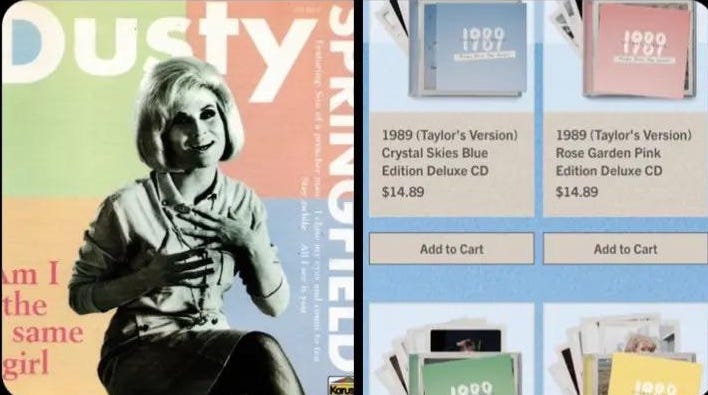
The Power of Midnight Breakup Taylor and Reputation
But let’s not forget the “Midnight Breakup Taylor,” perhaps the most potent persona she has donned so far. This version brings an emotional depth that resonates universally, cementing her status as a transformative artist. Yet, even with the soul-baring vulnerability of the "Midnight" era, "Reputation" remains a formidable contender. Taylor has a knack for making every era feel essential, a chapter without which the book would be incomplete. And if early reviews and fan reactions are anything to go by, the TV remixes only affirm that her music sounds as compelling as ever.
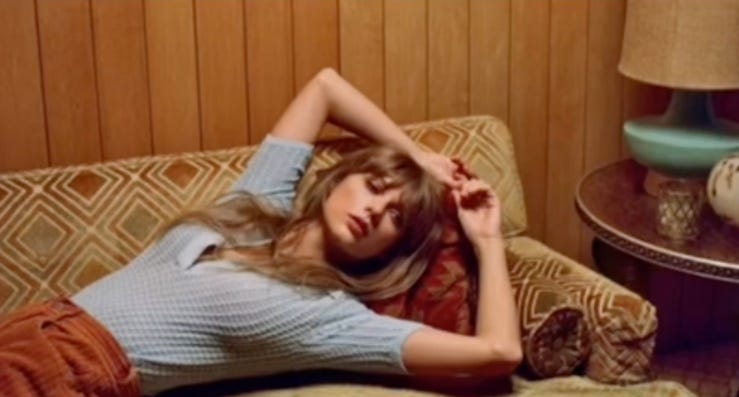
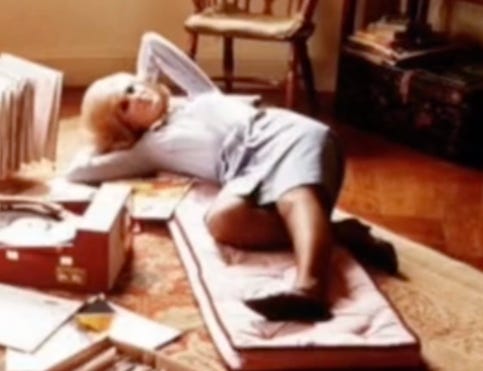
The Ever-Evolving Artistry of Taylor Swift
So when we ask, 'What did they make her do?' the answer is multi-faceted. They made her grow, adapt, confront, and most importantly, they made her show us the layers of her artistry. From the depths of vengeance to the heights of buoyant cheer, Taylor Swift remains an enigma, forever keeping us on our toes as she navigates the complex world of fame, scrutiny, and artistic expression. Far from a one-note act, she continues to be an advocate for her fans and herself, ever-evolving but always considerate of the community she has built. And whether she’s asking us to look at what we made her do or inviting us to a world of spelling and teamwork and equality, she continually proves that her musical choices are nothing short of strategic genius.
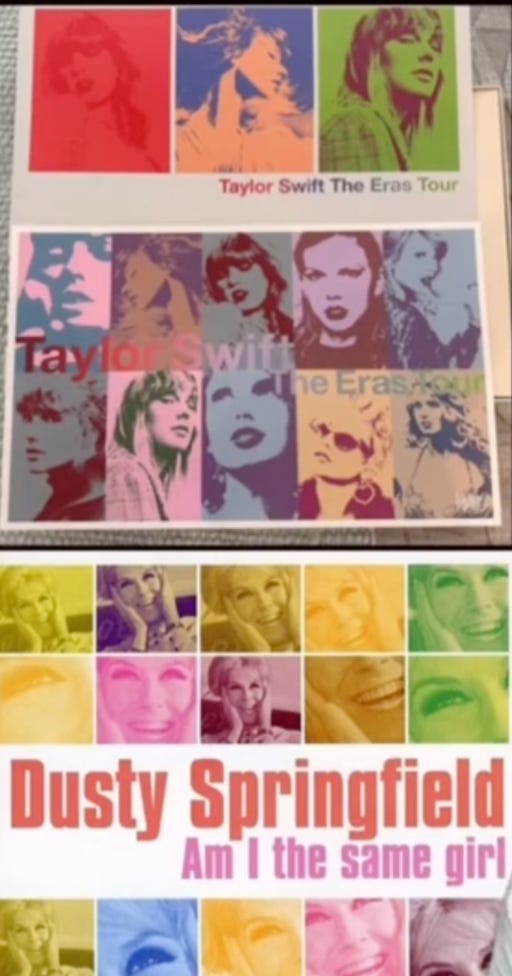
Me!
But these exclamatory! instances aren’t just markers of her evolving music but also indicators of how she navigates and shapes social norms, particularly concerning gender. While Taylor may be composing music, her work resonates profoundly with gender theorist Dr. Judith Butler's notion of "gender trouble," the idea that gender is a performative act subject to societal scrutiny and personal reinterpretation and therefore should challenge traditional views of masculinity and femininity and preference at every opportunity.
Gender as a Performance
One of the most revolutionary ideas that Dr. Judith Butler, a gender theorist and philosopher, introduced is the concept of gender as a performance. It's not an innate quality but a series of acts, behaviors, and expressions that are socially and culturally coded. The behaviors get repeated until they're ingrained in our perception as 'natural.'
This insight reframes the entire way we look at masculinity, femininity, and everything in between. Dr. Butler argues that our identity is far from fixed; it is an amalgamation of social and cultural influences, constantly subject to change.
Taylor Swift's Contribution to 'Gender Trouble'
Swift, whether consciously aligning with Butler's theory or not, has been causing 'gender trouble' in her own right. There’s been a new surge of ‘gaylor’ content re-examining ‘coded’ music videos, stage performances, lyrics and public appearances.
These have become sites where she’s suggested to have subverted traditional norms. Whether it’s her portrayal of a man making suggestive gestures in her Eras performance of "The Man," or her references to the queer culture in her lyrics and clothing, Swift is doing more than just entertaining; she's educating.
She's prompting a discourse that might make some people uncomfortable, but that's the point. We should be questioning our preconceived notions. When Swift acts in ways that defy stereotypical gender roles or sexual orientations, she’s shaking up societal norms, making people reevaluate their assumptions, and that is valuable in itself.
The Importance of Advocacy
Swift’s statement that she didn't realize she could "advocate for a community that [she’s] not a part of" is poignant. It suggests that you don’t have to belong to a particular community to recognize and fight for its rights. Advocacy is not the sole responsibility of those being oppressed; it is a collective task that requires allies. Again with Dr. Butler, identity is a construct.
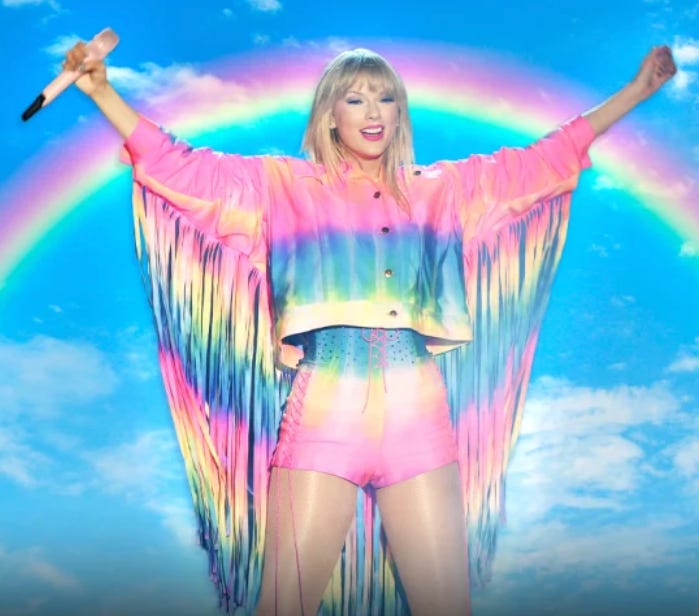
Challenging the Norm
There is often backlash when people discuss Swift’s non-normative actions or choices. They are deemed as conspiracy theorists or as misrepresenting her intentions. However, this reaction misses the point that causing 'gender trouble' is beneficial for society at large. By even questioning or destabilizing the categories, we become aware of their artificial nature.
Swift's advocacy also brings to light that the concept of 'coming out' is also a social construction, which often serves to enforce heteronormative ideals. By not explicitly defining her sexuality and yet championing for LGBTQ+ rights, she exposes the limitations of our social constructs.
In the 21st century, the concept of sexual identity is becoming increasingly nuanced, as we, as a society, become more open and tolerant towards a variety of experiences. Recent studies introduce a groundbreaking concept of “inviting in” as opposed to “coming out,” providing a new lens through which we can discuss sexual identity to the degree we even believe it exists. In this framework, the idea of “coming out” becomes not an obligation but a choice—an invitation extended to others to understand one's sexual identity on individual terms.
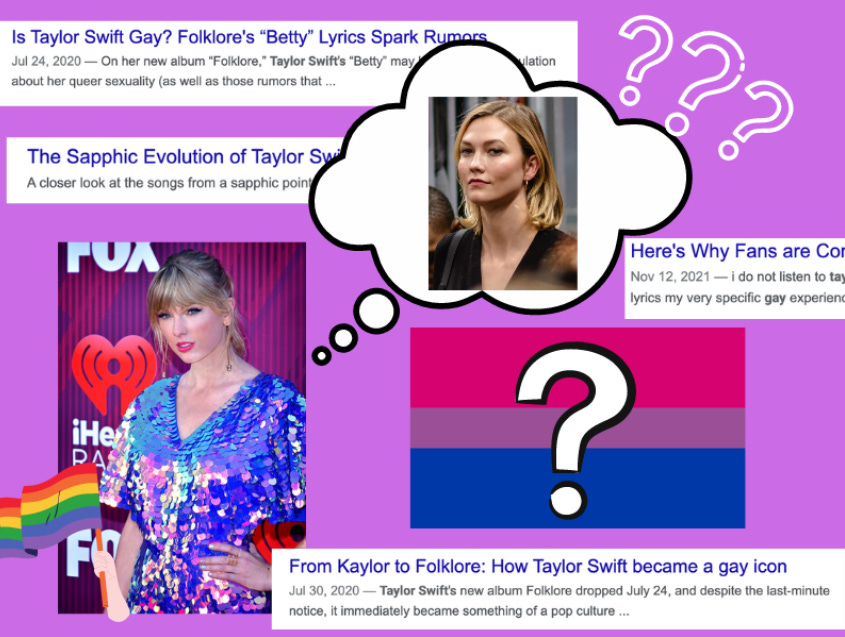
Power Dynamics
The old process often inherently involves an unequal power dynamic, placing the onus on friends, family, and colleagues (society at large) to “accept” this disclosure and handle it with grace, dignity and eloquence (unlikely). In contrast, the concept of “inviting in” radically shifts this dynamic. Instead of an obligation to reveal oneself to the world, there's the choice to 'invite in' those who matter.
Simultaneously, in the world of pop culture, Taylor Swift's actions, whether intentional or not, resonate with this idea. She has been pushing boundaries and challenging established norms, raising questions about the effectiveness of traditional constructs like 'coming out.'

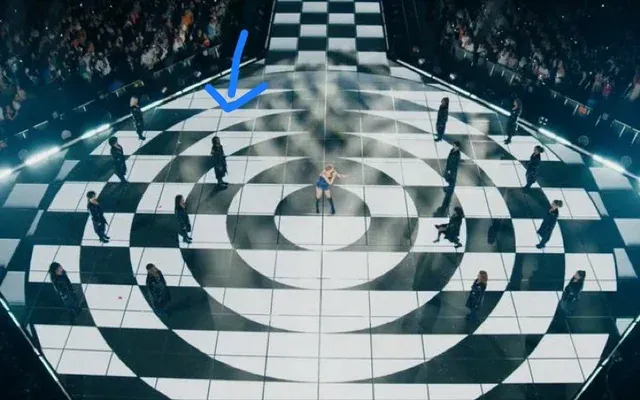
Comments ()